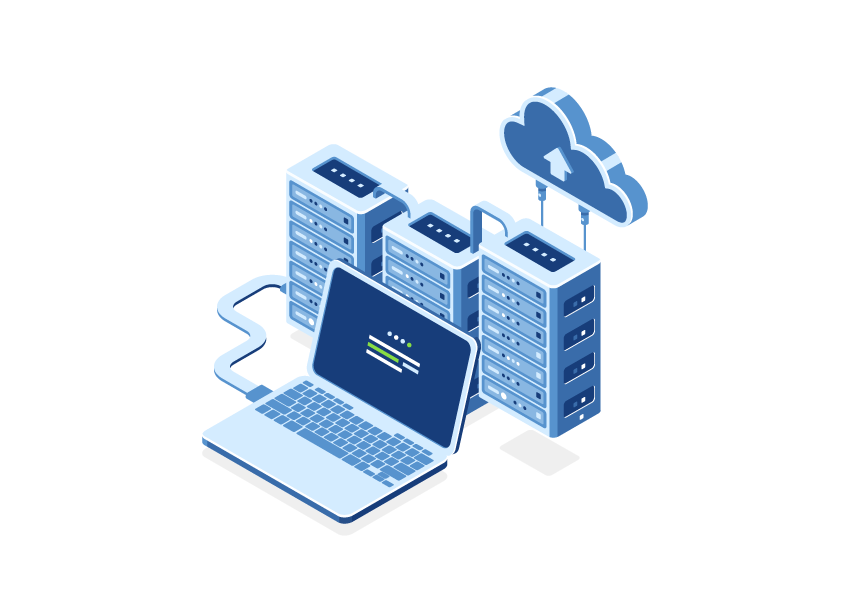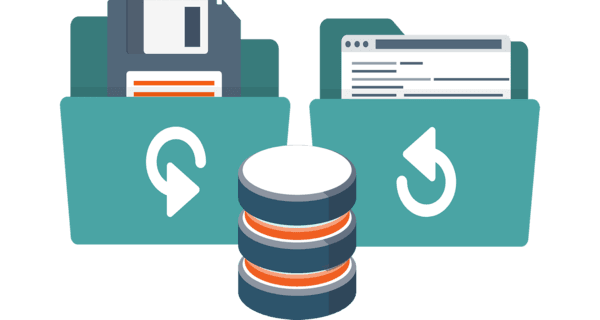Seamless Remote Website Backup Recovery Tactics
Seamless Remote Website Backup Recovery Tactics
Blog Article
Seamless Backup Solution For Live Sync User Experiences
Organizations must overcome the urgent challenge of protecting their priceless data as digital data storage becomes more and more important. By offering safe and easily accessible storage for important data, cloud database backup offers a solution. In this article, we'll go over the significance and advantages of cloud database backup as well as the best methods for putting it into practice.
- Knowing how to backup a cloud database
The act of storing copies of your database online in a remote server or data center is referred to as cloud database backup. Data redundancy, hardware failure protection, natural disasters, and cyber threats are all guaranteed by the off-site backup solution it offers.
- Benefits of cloud database backup
Real-time Hyperv Server Strategies
Compared to conventional backup techniques, cloud database backup has a number of benefits. These comprise:
Data redundancy: By storing data across multiple servers, hardware failures and disasters are less likely to result in data loss.
Scalability: Depending on your needs, cloud backup makes it simple to scale up or down your storage requirements.
Accessibility: With cloud backup, any internet-connected device will allow you to access your data whenever and wherever you want.
Cost-effectiveness: Cloud backup does away with the need to spend money on expensive backup personnel, infrastructure, and maintenance.
Automated Backups: By automating scheduling and incremental backups, cloud backup services frequently eliminate the need for manual backup.
- Picking the best Cloud Database Backup Service:

Consider the following when choosing a cloud database backup provider:
Cutting-edge Backup As A Service Cloud Customization Options
- Security Measures: Make sure the service provider uses strong security measures like compliance certifications, access controls, and encryption.
- Reliability: Look for businesses that have a solid reputation for dependability and high uptime assurances.
- Scalability: Verify that the service provider provides storage options that can adapt to your expanding data requirements.
For quick and effective data transfers, take into account the provider's network infrastructure and bandwidth capabilities - Backup Solution For Mac Time Machine.
- Using cloud database backup to implement:
Follow these best practices to implement cloud database backup successfully:
- Define Backup Policies: Clearly specify your backup requirements, including the frequency, retention, and recovery point goals.
- Encryption: To guarantee the integrity and confidentiality of your data, encrypt it before moving it to the cloud.
- Regular Testing: Verify the veracity and thoroughness of your backups by regularly testing the restoration process.
Implement monitoring and click this alerting mechanisms to quickly identify problems or failures in the backup procedure.
Create a thorough disaster recovery plan that outlines the procedures for recovering data in the event of an emergency.
Affordable Continuous Backup Server Disadvantages
- Cloud database backup management:
Continuous monitoring and upkeep are necessary for managing cloud database backup. Take into account the following advice:

- Regularly Monitor Backups: Keep an eye on the backup procedure to make sure it goes smoothly and quickly fix any mistakes or failures.
Update Backup Policies: To keep up with evolving business requirements and compliance requirements, periodically review and update your backup policies.
- Retention Management: Depending on legal requirements and business priorities, control how long your backups are kept.
Implement data archiving techniques to transfer infrequently accessed data to cost-effective storage tiers while maintaining accessibility.
Periodic Reviews: Examine your cloud database backup strategy on a regular basis to spot areas for improvement and make sure it aligns with company objectives.
Important Notes:
Scalable Backup Solution For Data Center Guide
- Cloud database backup offers advantages like data redundancy, scalability, accessibility, cost efficiency, and automated backups for secure and accessible storage of important data.
- When selecting a provider, take security precautions into account, as well as dependability, speed of data transfers, and reliability.
Creating backup policies, encryption, regular testing, monitoring and alerting, and creating a disaster recovery plan are all steps in the implementation of cloud database backup.
Regularly monitoring backups, updating backup policies, managing retention, implementing data archiving, and conducting periodic reviews are all necessary to effectively manage cloud database backup.
Keep in mind that protecting the sensitive data in your organization requires the implementation of a strong cloud database backup strategy. To guarantee data security, accessibility, and business continuity, embrace the power of cloud backup.
Key Takeaways or a related term (Offsite Secure Backup)

Data redundancy and protection against hardware failures or disasters are both guaranteed by cloud database Data privacy measures backup.
Scalability, accessibility, cost effectiveness, and automated backups are some of the advantages.
When selecting a provider, take security precautions into account, as well as dependability, speed of data transfer, and scalability.
- Adopt best practices like encryption, regular testing, monitoring and alerting, disaster recovery planning, and backup policies.
Monitoring backups, updating policies, managing retention, putting data archiving into place, and conducting periodic reviews are all part of effective management.
Report this page